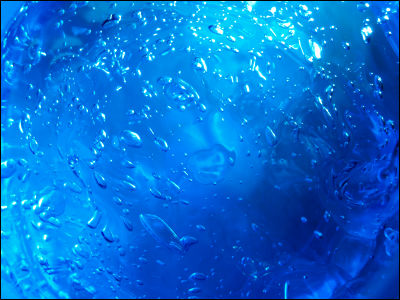Microorganisms that can survive with very little energy at 2400 meters below the seafloor are discovered

International deep sea science drilling program (IODP) Discovered that microbes are inhabited further in the basement of Japan's 2400 meters. This microorganism is a very small unicellular organism, it is said that it takes very much energy-harboring hydrocarbon compounds in an environment where there is little nutrient without light and water, and it is going to do so very much.
BBC News - Microbes discovered by deepest marine drill analysed
http://www.bbc.com/news/science-environment-30489814

The IODP drilling survey was conducted with Elizabeth Trembath-Reichert of the California Institute of Technology and others. Elizabeth, who took part in the drilling survey, commented, "We are currently investigating this microorganism and have been surprised by the abilities of this microorganism."
IODP will be held in Japan for about 2 months from 25th July to 30th September 2012Shimokita peninsulaI was investigating near the bottom of the ocean floor. The main objective of this survey was "Investigation of hydrocarbon circulation system and microbiological and geochemical process related to immature coal layer buried deep under the seafloor", the location of offshore area of Hachinohe (1180 meters depth) In the section from 1276.5 meters to 2466 meters below the ocean bottom, a core sample which is a cylindrical sample for geological survey was sampled, and a microorganism which could live even in energy saving was found among the samples, That's why.
Drilling under the seabed is a deep-sea explorer called "Chikyu". "Chikyu" can drop a drill from the ship to the bottom of the sea 1000 meters below and succeeded in digging the ground up to 2446 meters below the ocean floor, which is the deepest in history using this drill. However, in fact, "Chikyu" is capable of drilling up to 7000 meters under the ocean floor, making it a survey ship capable of collecting the mantle of the earth.
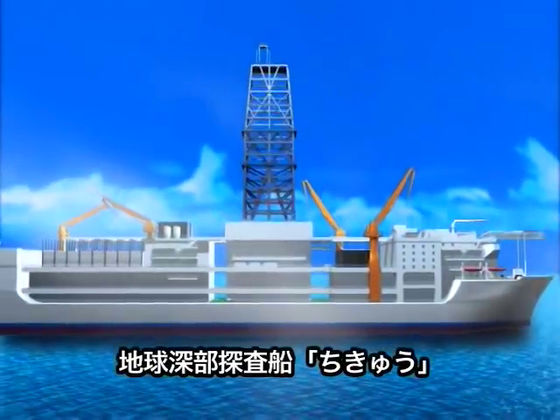
The core for investigation is taken from ancient coal beds and analyzed on board. The microorganisms discovered by the research team seems to live in the harsh environment that there is neither light nor oxygen, only barely water and a small amount of nutrients exist. Elizabeth explains why he investigated the coal layer, "We decided to investigate the coal layer because we knew that carbon was included here and this would be ingested by microorganisms. It was thought that some microorganisms directly eat coal compounds and other microorganisms can eat hydrocarbons such as methane. " As a result of actual investigation, it seems that microorganisms under the seafloor have been found to ingest methyl compounds. Also, through experiments, it is also known that microorganisms under the seafloor are extremely poorly metabolised, so that they do not use energy as little as possible in order to survive.
Microorganisms living under the seafloor found this time discharge hydrocarbons to emit methane, which is a greenhouse gas. According to this characteristic, researchers seem to reevaluate that "microorganisms may play a major role in the global carbon cycle system".
You can see how the deep sea exploration ship "Chikyu" drills under the ocean floor by looking at the following movie.
Deep sea science drilling technology ~ Deep sea exploration ship "CHIKYU" ~ - YouTube
"Chikyu" acquires the current location information from the artificial satellite and grasps the exact position.
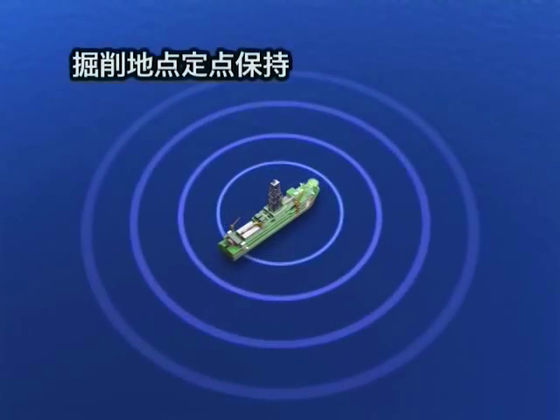
Then use the 360 degree rotatable screw about the bottom and move to the correct position. Using this screw seems to be able to stay in a certain position without being swept by wind or wave even on the sea surface.

Next, drill pipe is connected on the ship ... ...
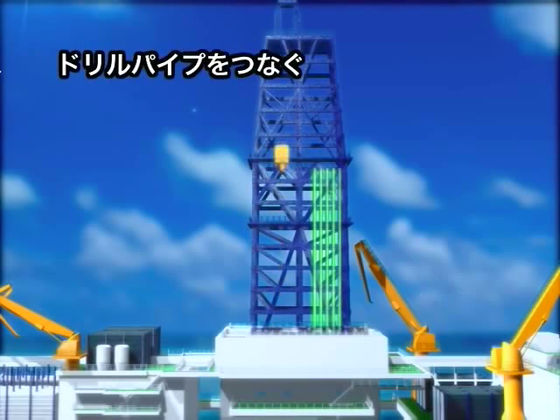
Connect the conductor pipe to the end of it and let it descend to the ocean floor.
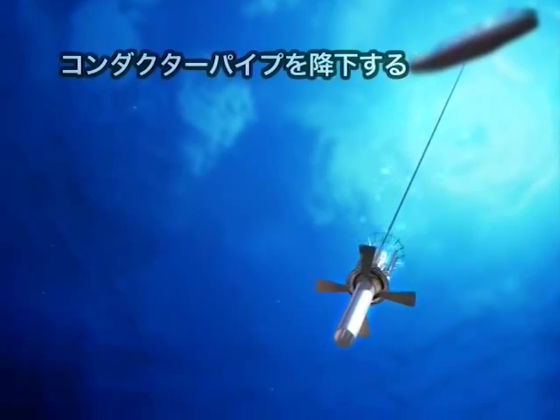
And fix the conductor pipe to the bottom of the ocean.
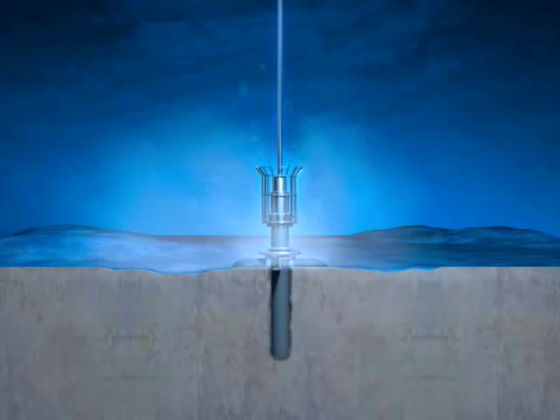
Then drill pipe is pulled up.
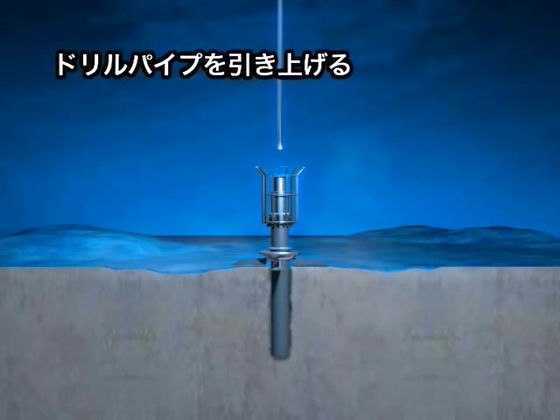
Next, I unload the drill bit for the seabed drilling ... ...
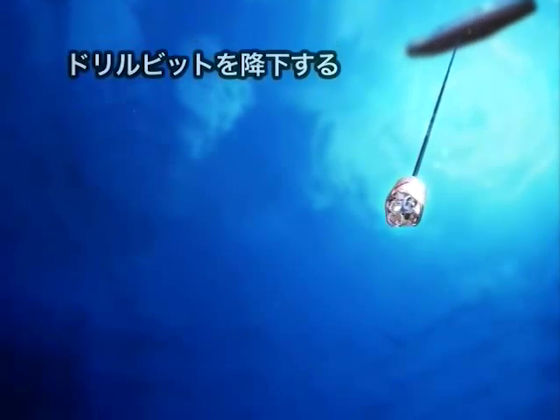
Through a conductor pipe ......
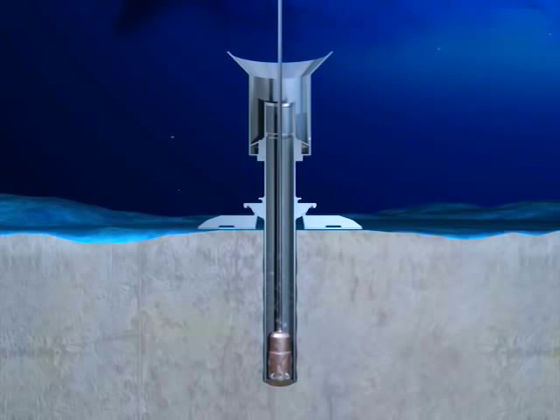
Drill the ocean floor. This drill bit seems to be able to remove the digging generated at excavation from the hole by squirting seawater from the tip.
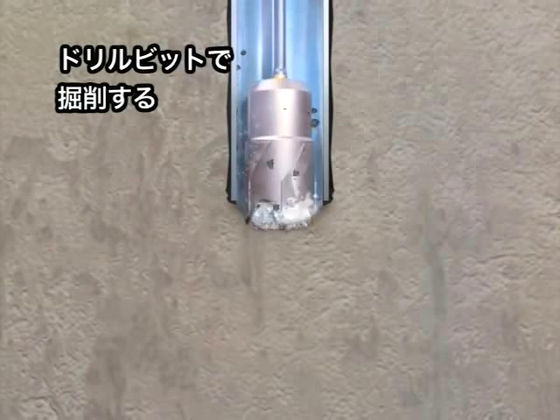
Drill up the drill bit when digging to a certain level ... ....

Lower the casing pipe to protect the excavated hole.

Insert this inside the conductor pipe ...

Fix the hole with cement.
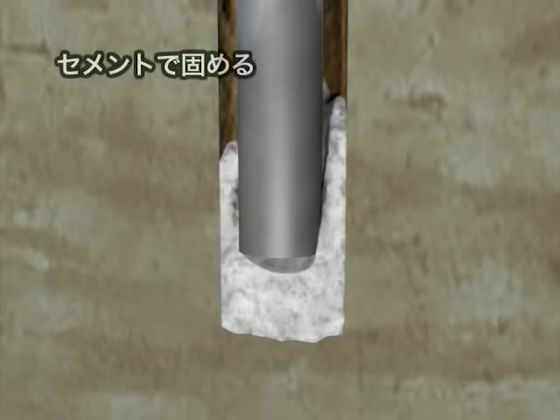
Then connect the riser pipe ......
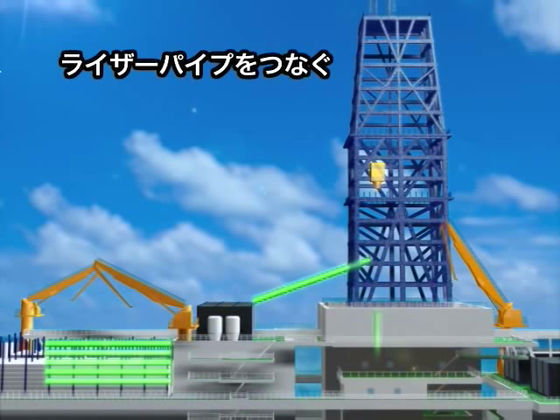
Connect the spout prevention device to the conductor pipe.

With this, "CHIKYU" and the seabed will be connected by a riser pipe.
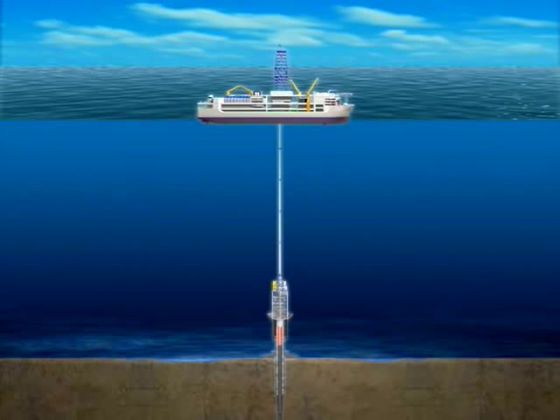
After this, lower the drill bit smaller than the one used first through the riser pipe ......
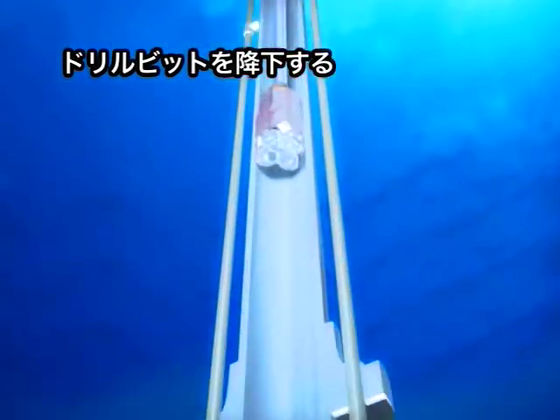
It will drill under the ocean floor.

After that, by continuing the insertion of the casing pipe many times, it becomes possible to drill stably deep under the seafloor.
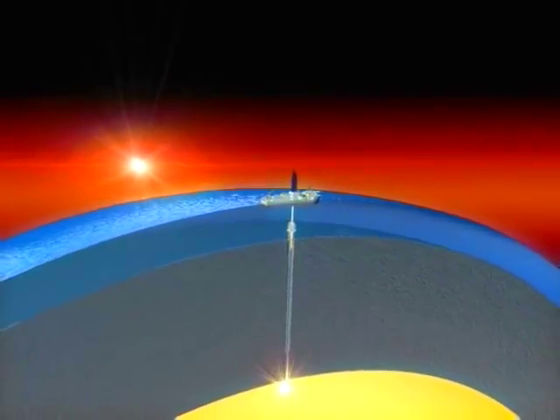
In addition, the core collected from the bottom of the ocean is cut to the size of 1.5 meters in the core cutting area inside the "Chikyu" ship.

I will investigate the state inside without hurting the core in the X-ray CT scanner laboratory.
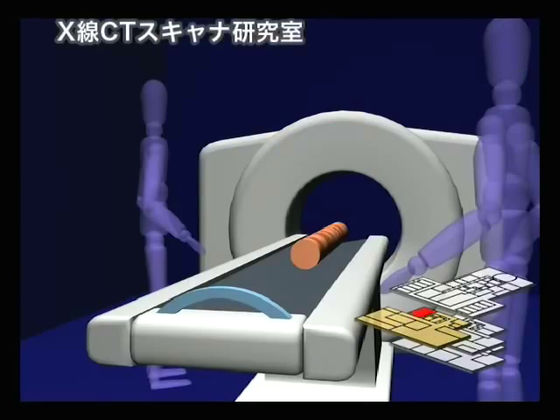
In the core division room, it is divided for experiment and storage.
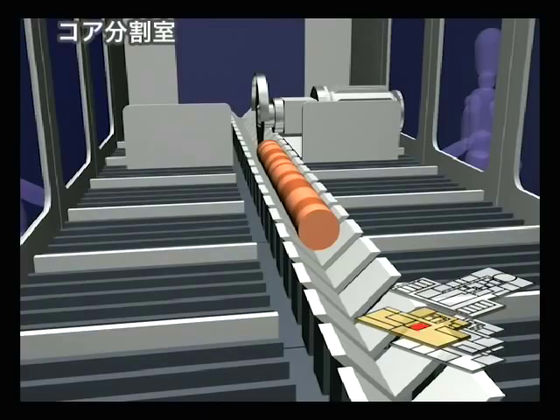
Then investigate how sound and heat are transmitted and density in core laboratory ... ....
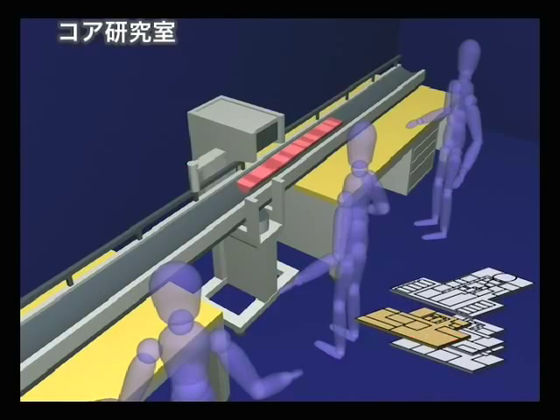
Divide it into small samples.
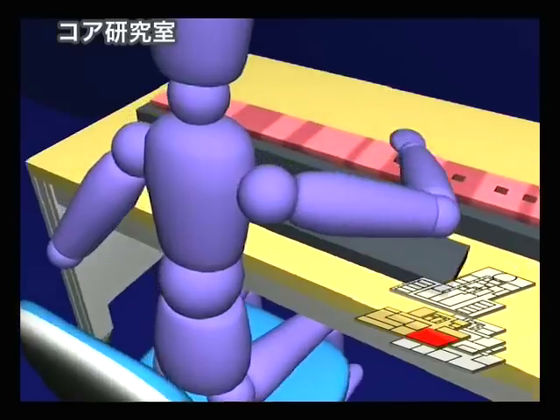
After that, we investigate the living microorganisms in the sample in the microbial laboratory.
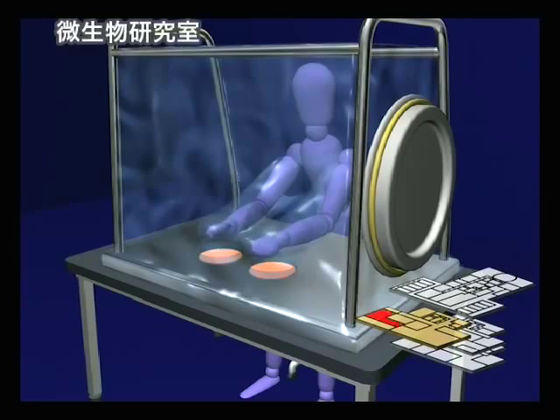
Fossils and rocks are also investigated with a microscope.
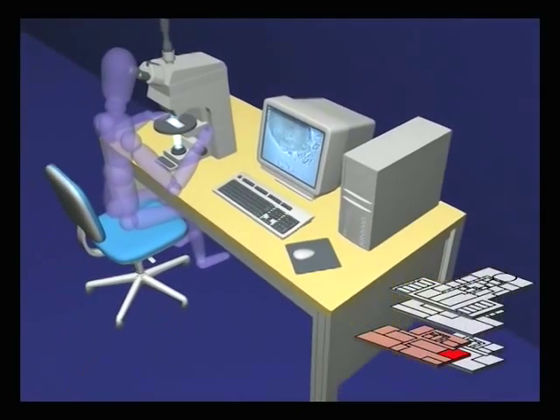
The geochemical laboratory investigated the chemical composition of the core.
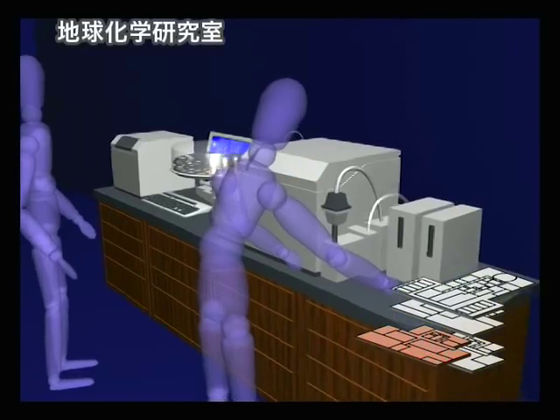
Then we examine the Earth's past magnetic field with the core for preservation.
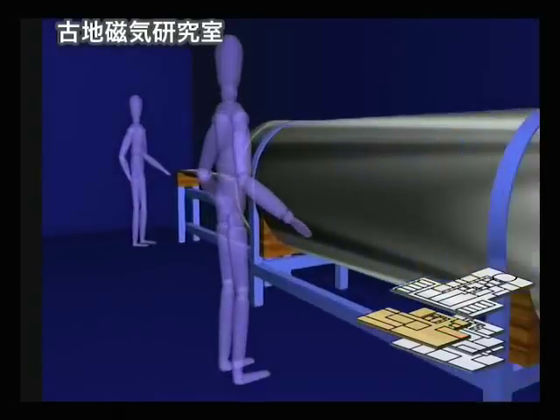
The last is kept and sent to further investigative research on land.
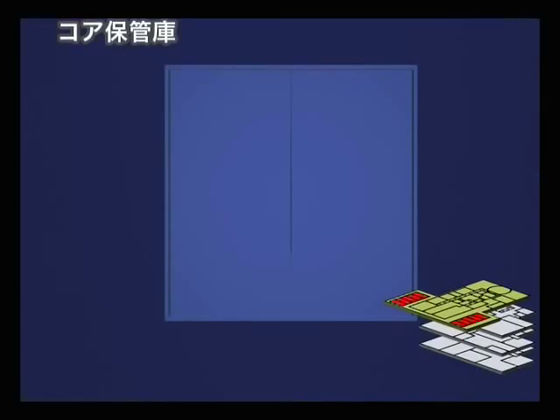
By investigating the core, it becomes possible to elucidate, for example, the mechanism by which an earthquake occurs by reading the environmental change of the earth from the past to the present and understanding the nature of the formation.
Related Posts:




